A €1.84bn European project to create the world’s most powerful neutron microscope is suffering a €150m cost overrun as a result of higher than expected material and labour costs, and may now fail to achieve the level of performance that was planned.
The project is the European Spallation Source, or ESS, which is under construction in Lund, southwest Sweden. The aim of the scheme is to create an intense source of neutrons and use it to examine the molecular structure of a wide range of materials.
At present this work uses neutrons released by nuclear power stations, however this option has reached its limit in terms of the intensity of particles released and cannot be increased further.
The Science|Business website reports that the dramatic cost increases are due to rising prices for concrete, steel, personnel and earthquake insurance.
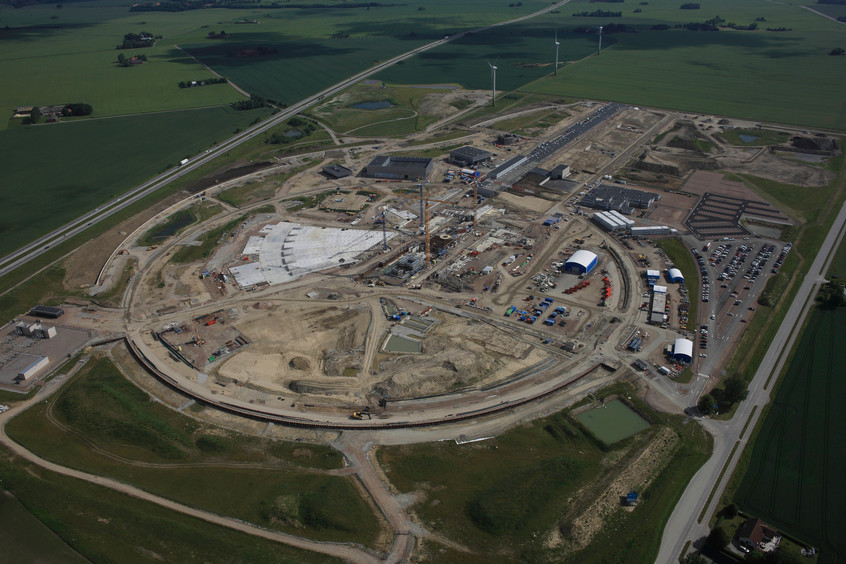
The state of the site in June this year
As a result the goal of creating a 5MW beam may now be scaled back to 2MW when experimentation begins in 2023. Meanwhile, the ESS Council, which is acting as client for the project, will look for a way to add another 3MW by 2025.
John Womersley, the director of ESS, told Science|Business: “Five megawatt power will still be delivered – it’s now about how quickly we can get there.”
However some scientists fear that plans for a full power beam may be abandoned altogether. Colin Carlile, a physicist at Uppsala University and former ESS director, said: “There are some people with persuasive voices who say, ‘you don’t need 5 MW’. It would be tragic if that happens.”
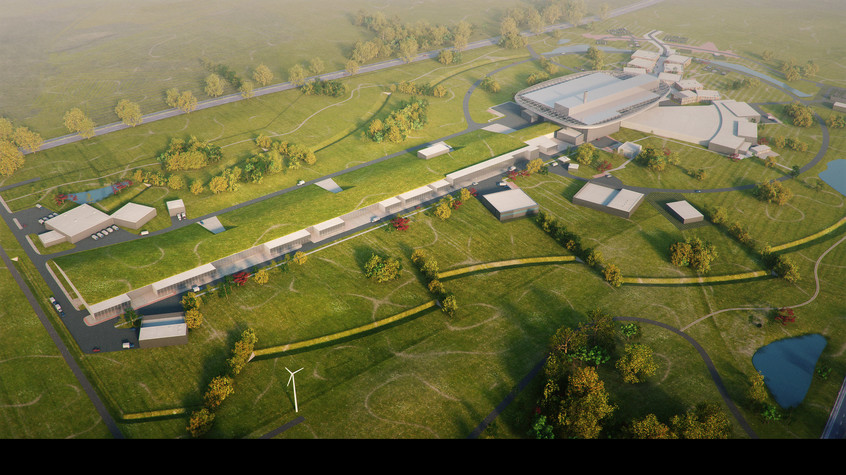
How the site will look when complete in six years’ time
The energy of the neutron beam increases its “brightness”, and therefore the details it can show of a material’s internal structure. The neutrons bounce off atoms inside a material, in a process called spallation, giving an image down to the scale of five-billionths of a metre.
The US currently has the brightest source of neutrons in the world at the Oak Ridge National Laboratory in Tennessee. When completed, ESS is expected to be five times as powerful.
The money for the development is being paid for by 17 countries, although about half of the total amount will come from Sweden and Denmark. The UK will cover 10% and Spain 5%.
Top image: Work under way on building the target station and experiment hall (All images by ESS)
Further Reading:
Comments
Comments are closed.

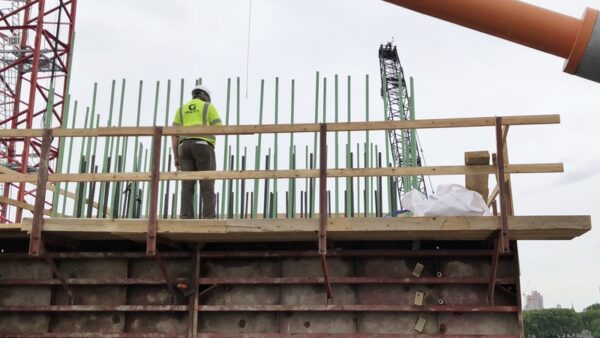


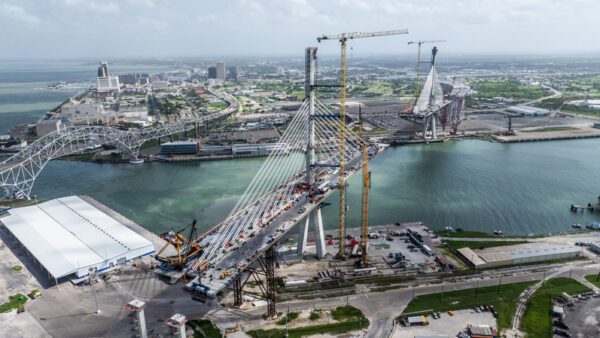

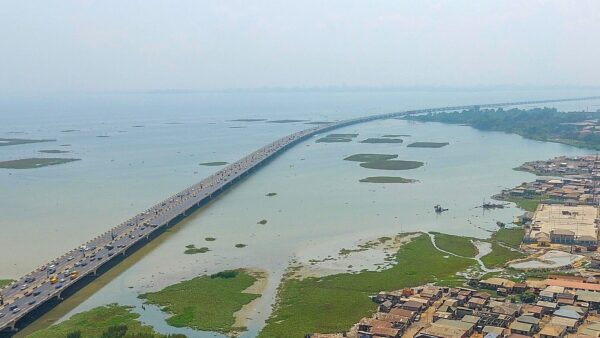
Isn’t blaming price increases a bit easy? Today’s steel price is only “high” relative to the past 2 years, but it is slightly below the past 10 years average according to https://tradingeconomics.com/commodity/steel.
Surely a project of that scale and duration had some contingency against commodity prices and labour shortages? If not the issue seems poor project planning and management, or maybe overoptimistic budgeting (in order to get the go-ahead?). And if it has been packaged and contracted traditionally, that too will have made a contribution to the increase in anticipated final cost.
I’m speculating, but would expect a more thorough analysis to show how it really is just down to the supply market, and not other more likely root causes.